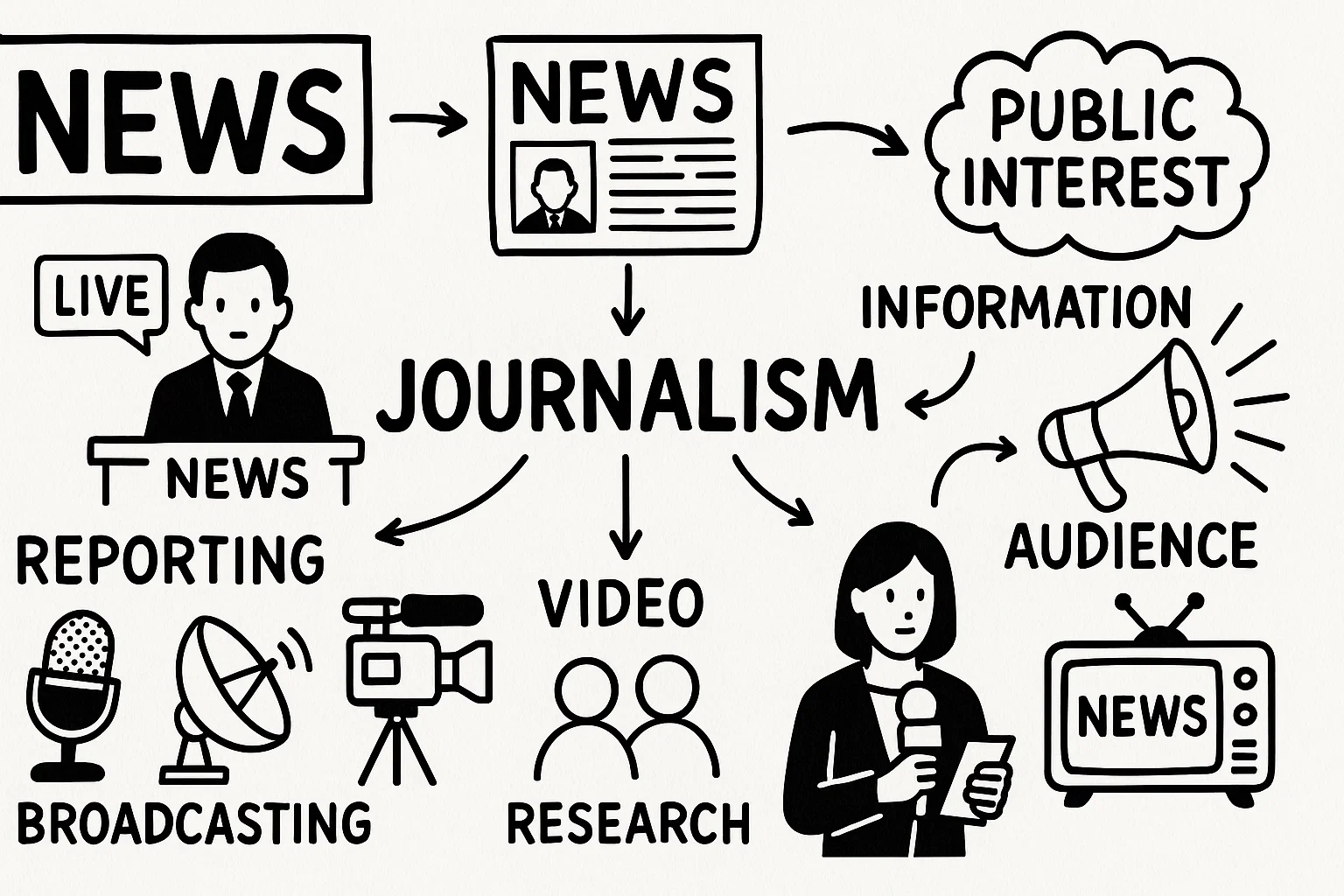️ Community Media in Bihar: Empowering Local Voices from the Ground Up
In Bihar, where mainstream media often overlooks rural issues and grassroots voices, community media has emerged as a powerful and democratic tool. Whether it’s through community radio stations, local newsletters, or citizen-led reporting, these platforms are helping people speak for themselves, in their own language, and about their real struggles.
Let’s explore how community media is changing the media landscape in Bihar, especially in empowering marginalized communities and driving local development.
1. What is Community Media?
Community media refers to media outlets that are created, owned, and operated by communities—not corporations or governments. Their purpose is not profit, but public service.
In Bihar, this includes:
Community Radio Stations
Local audio or video storytelling platforms
NGO-led media projects focused on rural areas
Citizen journalism platforms
These platforms give voice to those who are often unheard—farmers, tribal groups, women, youth, and people in remote villages.
2. Community Radio: A Rural Revolution
Bihar is home to a growing number of community radio stations, such as:
Radio Jagriti (Muzaffarpur)
Radio Sharda
Radio Pahal
These stations broadcast in local dialects like Bhojpuri, Maithili, and Magahi, which makes them more relatable and accessible than national or regional news channels.
What They Cover:
Farming tips and weather updates
Health and hygiene awareness
Government schemes
Educational programs
Women’s empowerment stories
Example: During COVID-19, community radios in Bihar helped spread awareness about safety measures and vaccination drives in rural areas—where digital reach was low.
3. Local Problems, Local Solutions
Community media is deeply rooted in local culture and needs. It allows villagers to talk about:
Road and electricity problems
School and teacher absenteeism
Issues with ration cards or corruption
Gender-based violence and early marriages
Because it is run by local people for local people, it builds trust and encourages civic participation.
️ A woman in a remote village may never talk to a TV reporter—but she will call a local community radio host and share her concerns, because they speak her language and understand her world.
4. Empowering Marginalized Voices
Mainstream media often ignores marginalized groups. But community media platforms in Bihar are making intentional efforts to include:
Dalits and Adivasis
Women and girls
Youth from poor families
Persons with disabilities
They provide training in media production, voice recording, and reporting, helping people from these communities become media producers themselves, not just passive consumers.
In districts like Gaya and Sitamarhi, tribal youth are now producing their own radio shows—challenging stereotypes and raising issues that affect them directly.
5. Building Awareness & Development
Community media is not just about raising voices; it also acts as a tool for development.
Through storytelling and awareness campaigns, these platforms help communities:
Learn about their rights
Access government schemes
Practice better health and hygiene
Take action against social evils (like dowry or child labor)
In some areas, community media has helped improve school attendance or stop illegal child marriages—just through information sharing and local pressure.
⚖️ 6. Challenges and the Way Forward
Despite its potential, community media in Bihar faces many hurdles:
Funding issues (most operate on NGO or volunteer support)
Lack of formal recognition or government backing
Technical limitations like poor radio range or lack of internet
Need for training and skill-building among reporters
Bharat Media Association (BMA) and similar institutions can play a big role in:
Supporting community media networks
Offering legal, technical, and training support
Helping them scale their impact
Conclusion: A People’s Media for Bihar
Community media in Bihar is not about glamour or ratings—it’s about real people solving real problems. It’s about voices that matter, but rarely get heard.
From a farmer in Samastipur to a student in Araria, these platforms are giving power to the people—to question, to inform, and to act.
As Bihar moves forward, investing in and strengthening community-driven media is essential for a stronger, more informed, and more democratic society.





